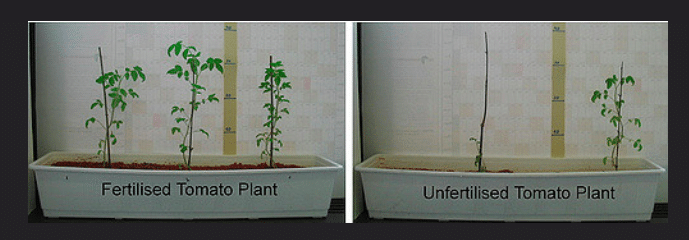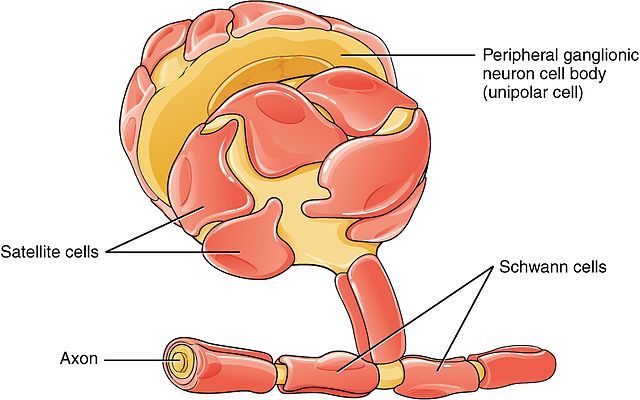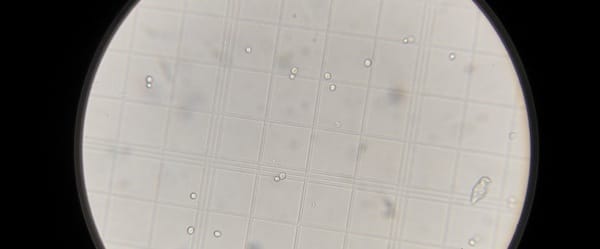Virtually every research scientist has a use for sterile technique in the lab, whether you study infectious microorganisms, do tissue culture, or use E. coli for cloning. Good sterile technique is a basic lab skill required to avoid contamination of your materials and experiments; and fortunately, the principles are simple to learn and easy to do.
Glove up!
Wearing latex or nitrile gloves serves two purposes: to protect you from what you’re working with, and to protect what you’re working with from you. The majority of gloves sold for lab use are not sterile, so keep in mind that wearing gloves while working with sterile materials is not a guarantee of cleanliness. If you’re working with infectious materials, it’s important to always wear gloves to protect yourself. Keep in mind that gloves are designed as “single use” only, so make sure to discard them and put on a fresh pair after taking a break from the bench. Some people prefer to use bare hands when working with E. coli or tissue culture. So, if you’re one of them, it’s a good idea to spray your hands with ethanol to eliminate the majority of possible contaminants. Here’s a great tip though – if you do choose to use an ethanol spray, be sure to let your hands dry before lighting your bunsen burner!
Using your bunsen burner
If you do your sterile work at the bench, a bunsen burner is your best friend. The flame is used to directly sterilize glass bottles, spreaders, and other tools. The other major function of the bunsen burner is to create an updraft in the local area. Hot air rises so the heated air around a lit bunsen burner creates a slight current upwards. This means that any “hovering” contaminants in the air are wafted away from your work area, instead of falling into your work. While it’s important to work near the flame, don’t get so anxious about it that you burn yourself. Close is good enough.
Keep it clean: plasticware, media, and tips
All materials used for sterile applications should obviously be sterile, whether they’ve been purchased that way (i.e. plasticware), autoclaved (glassware, tips) or filter sterilized (buffers and media). Sterile materials should only be opened near a lit bunsen burner or in a biological safety cabinet (often called a “hood”, but not the same as a chemical fume hood). When removing tubes, petri dishes, or other sterile plasticware from plastic packaging, try to touch only the items you are removing, and reseal the packaging immediately to keep the remaining items from contamination. Keep your tip box closed when not in use, for the same reason. When using media in glass containers, run the mouth of the bottle through the flame of your bunsen burner before inserting a pipet and before replacing the lid. This helps to prevent contamination from the lip of the bottle. Of course, plastic bottles should not be run through a flame (at the risk of melting). Use them near a flame and try to avoid touching the mouth of the bottle with your pipet.
Basically, the rules for sterile technique are very simple. Use your common sense, and pay attention to what you’re doing. What are your tips and tricks for sterile technique? Let us know in the comments.





